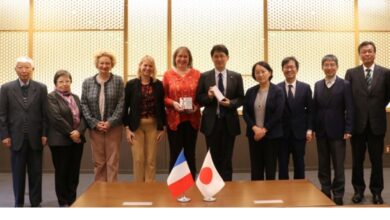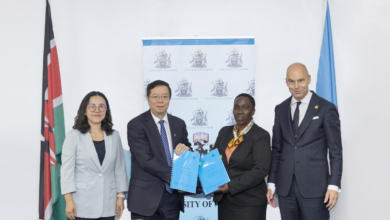UGM and Telkom Collaborate on Advanced Earthquake Detection System Using Distributed Acoustic Sensing

Universitas Gadjah Mada (UGM) and Telkom Indonesia have partnered to develop an advanced earthquake detection system employing Distributed Acoustic Sensing (DAS) technology. This system is designed to enhance the precision of earthquake monitoring and response efforts. The collaboration incorporates optical fiber technology, which detects ground vibrations and enables real-time assessment of seismic activities.
Operational Mechanism of the Detection System
The operational mechanism of this earthquake detection technology involves transmitting light pulses through sensitive optical fibers that respond to environmental changes. In the event of an earthquake, the system captures and analyzes vibrations along the fiber, generating crucial data to improve early warning systems and overall disaster preparedness.
Impact on Public Safety and Research
Professionals from both UGM and Telkom Indonesia assert that this technological advancement has the potential to significantly enhance public safety by providing timely information regarding seismic events. Additionally, it is anticipated that the initiative will further research in earthquake engineering and disaster management, thereby strengthening Indonesia’s capabilities in managing natural disasters.
Alignment with National Strategies
This project aligns with UGM’s objective to utilize scientific and technological advancements for societal benefit, supporting national strategies for disaster risk reduction.
(Source: UGM)




